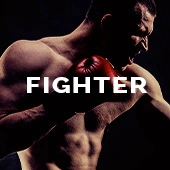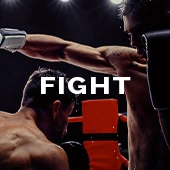By Cliff Rold
Thinking back on some of the biggest fights of the last forty years, the earned pay-per-view or closed circuit nights at the office, one thing often found lacking is a lot of access for the average fan.
The subject comes to mind in the wake of some fan and press concerns about a) the placement of September’s Saul Alvarez-Gennady Golovkin middleweight title fight and b) the ticket availability to the general public.
Let’s address them in order. First, there is placement. The most anticipated competitive boxing match of the last two years would have been great to see someplace like Dallas, Texas. 50-100,000 screaming fans would have made boxing look like the major league sport it can be. The Sports Center highlights would have been a boon for the game and allowed more fan engagement.
The fight ended up in Las Vegas because Vegas pays more to have fights like it on their court. It’s easy to wax poetic about the broader health of the sport. In a sport where each event is its own entity, and careers are finite, it’s touch to sell a combatant on taking less.
This plays directly into ticket availability.
There are fewer tickets to go around in Las Vegas than there would be in a stadium. The tickets are also more expensive on a per seat basis than a stadium would allow. It makes this fight, and most of the very top-drawer fights hosted in the US, unavailable to the general public as live events.
The significance of boxing not being available as an attendee event, either by way of pricing or location, is a real issue. In recent years, we’ve seen many signs of positive growth in that regard. Golovkin has done an excellent job cultivating audiences in New York and Los Angeles. Alvarez has hosted huge crowds in Texas. Terence Crawford brought big time boxing to Nebraska and Deontay Wilder has done the same in Alabama.
Alvarez-Golovkin is a real superfight though.
How often have those really been fan friendly in recent decades? Isn’t that part of what makes them a big deal?
Boxing history is littered with the memories of men in top hat and tails watching a pair of honest brawlers try to punch their way into their moneyed class. It says here it’s always been part of the allure.
Boxing, at its richest, carries an air of exclusivity. It is a privilege to be in the audience and the privileged are part of the show.
Think back to the Tyson era. The audience was part of the show. Ringside interviews or glimpses of Magic Johnson, Eddie Murphy, and Jack Nicholson were a norm. Nothing much has changed. The cameras still pan out before main events begin to find Jay-Z or Brad Pitt or Leonardo DiCaprio.
It screams to the folks at home, drinking their margaritas and eating some barbecue, they’re watching more than a sporting event. They’re buying into an event, a happening. It’s like the images are asking, ‘Don’t you wish you were here? Wouldn’t it be nice if that was you?’
A dissertation could be penned on whether or not it’s a social calamity that we can be so susceptible to pop idolatry. It’s more fun to wonder what a pairing like Denzel Washington and Tom Brady might be talking about before the opening bell.
It would have been nice to see Alvarez-Golovkin in a stadium. It certainly didn’t hurt Ray Leonard and Roberto Duran to fight in them the first two times. It also didn’t hurt Leonard to fight Thomas Hearns and Marvin Hagler in Vegas.
The fact that almost no one you know would, or could, be there in September is part of what lets one know it’s a big deal.
Cliff Rold is the Managing Editor of BoxingScene and a member of the Transnational Boxing Rankings Board and the Boxing Writers Association of America. He can be reached at roldboxing@hotmail.com


